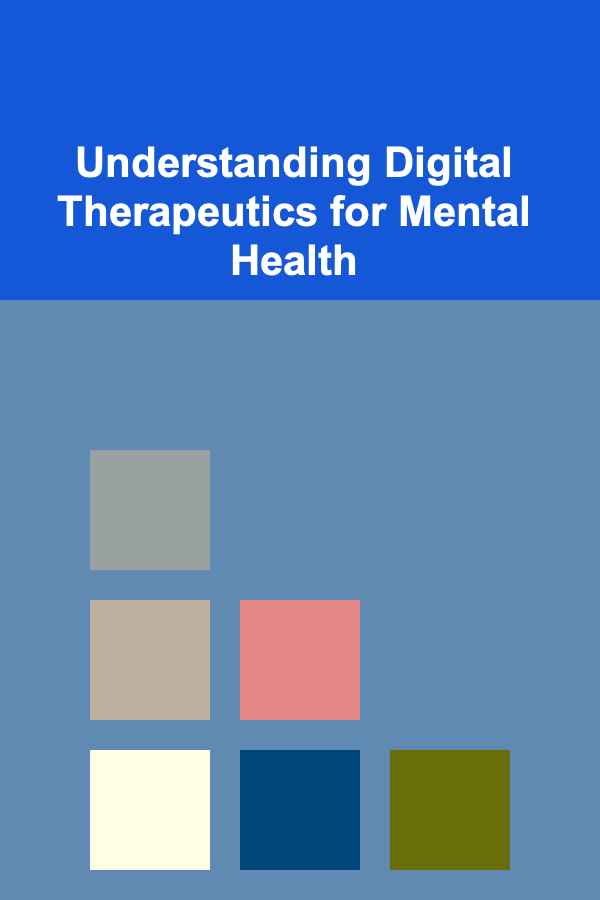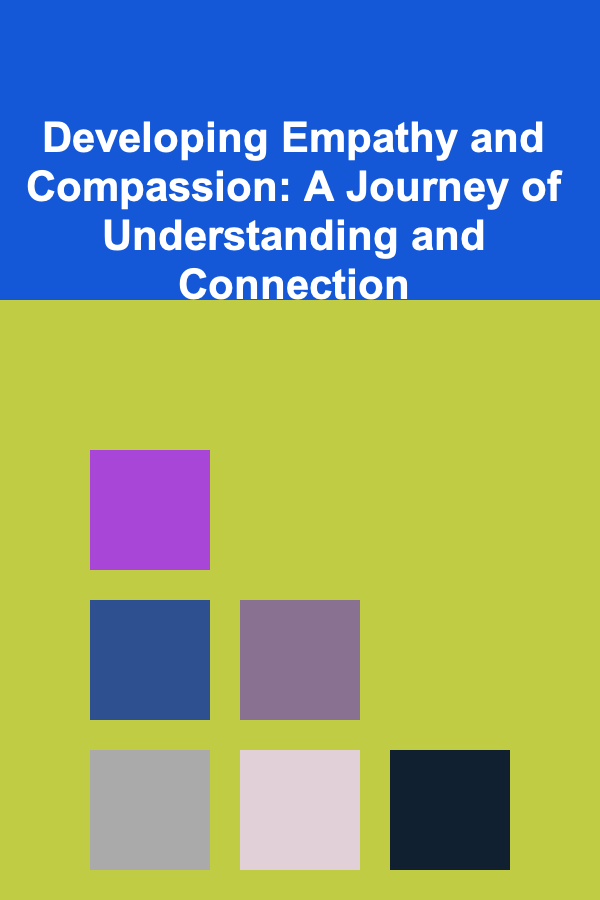
10 Tips for Creating Prompts That Explore Moral Dilemmas
ebook include PDF & Audio bundle (Micro Guide)
$12.99$11.99
Limited Time Offer! Order within the next:
Not available at this time

Moral dilemmas have long been a fascinating subject for thinkers, philosophers, writers, and creatives alike. They challenge our notions of right and wrong, encourage deep reflection, and provoke intense discussions. Whether you're crafting writing prompts for storytelling, creating exercises for critical thinking, or designing scenarios for discussion in a classroom or workshop, moral dilemmas can be powerful tools for engaging people in complex ethical conversations.
In this article, we'll explore 10 essential tips for creating effective prompts that delve into moral dilemmas. These tips are designed to help you craft scenarios that are thought-provoking, challenging, and impactful, encouraging people to explore difficult decisions and their potential consequences.
Frame the Dilemma with Two Compelling Choices
A strong moral dilemma typically presents two choices that are both valid, but lead to different ethical outcomes. Both options should have moral weight, compelling qualities, and consequences that make the decision difficult. If one option is clearly right and the other is clearly wrong, the dilemma loses its complexity and depth.
Example:
- Scenario: A person discovers that a close friend has committed a serious crime. The moral dilemma lies in whether to report the crime to the authorities or keep the secret to protect the friend. Reporting the crime could lead to severe consequences for the friend, but not reporting it could allow the crime to go unpunished.
In this example, both choices --- reporting and not reporting --- present conflicting moral imperatives: loyalty versus justice. The dilemma encourages individuals to think critically about which value they prioritize and why.
Introduce a Gray Area in the Situation
Moral dilemmas are often most compelling when they involve ambiguity or uncertainty. The situation should not have a clear, black-and-white answer. Instead, the moral conflict should come from nuances in the scenario, such as conflicting values, interests, or perspectives.
Example:
- Scenario: A doctor has a limited supply of life-saving medication. There are two patients: one is a young child with a high chance of survival, and the other is an elderly person with a low chance of survival. The doctor can only administer the medication to one patient. Which patient should receive the medication?
This situation presents a moral gray area. While the doctor may feel obligated to help the child due to their potential for a long life, they may also feel the need to show compassion for the elderly patient. The decision is difficult because both choices involve sacrificing something valuable.
Use Realistic and Relatable Scenarios
The best moral dilemmas are those that feel grounded in reality and resonate with people's lived experiences. A scenario that is too far-fetched or unrealistic may fail to evoke the emotional and intellectual engagement necessary to explore the dilemma effectively. Create scenarios that people can relate to, even if they are abstract or hypothetical.
Example:
- Scenario: A family is struggling financially. The parent has the option to take a high-paying job that involves unethical business practices, or continue with a low-paying job that is ethical but doesn't pay the bills. What is the morally right decision for the parent to make?
This scenario is grounded in reality and highlights the personal conflict many people face when balancing financial needs with their values. It is a dilemma that many individuals can relate to, whether they've faced it themselves or have heard others share similar concerns.
Consider Long-Term and Short-Term Consequences
When crafting a moral dilemma, think about both the immediate and long-term effects of the decision. Often, the choice that seems right in the short term may have unintended negative consequences down the road. This layered complexity adds depth to the moral struggle, as the person must weigh the consequences of their actions over time.
Example:
- Scenario: A person is offered a promotion at work, but accepting the job would require them to relocate far away from their family and friends. The promotion would bring financial stability, but the emotional toll of isolation might strain the person's well-being and relationships. Should they take the promotion, knowing that it might offer financial gain but at a personal cost?
This scenario requires the person to think about the trade-offs between career success and personal happiness. The immediate reward (the promotion) is tangible, but the long-term emotional impact is more uncertain.
Introduce Competing Moral Values
Often, moral dilemmas arise when two equally valid moral values are in direct conflict with each other. For example, a person may have to choose between loyalty to a friend and honesty in a relationship. The tension between competing values like duty, loyalty, honesty, justice, and empathy forms the core of many compelling moral dilemmas.
Example:
- Scenario: A teacher discovers that one of their students is cheating on an important exam. The teacher is a mentor to the student, who is under significant pressure from their family to succeed. Reporting the cheating could destroy the student's academic future, but not reporting it would undermine the integrity of the educational system.
In this scenario, the teacher faces a dilemma between loyalty to the student and adherence to fairness and integrity in education. Both options involve significant moral values, making the choice emotionally and ethically complex.
Incorporate Emotional and Psychological Complexity
Moral dilemmas are not only about the logical and ethical dimensions of a decision; they are also deeply emotional and psychological. To create a truly engaging moral dilemma, include emotional stakes and psychological complexity that make the decision feel more challenging. This could involve guilt, fear, love, or a sense of personal responsibility.
Example:
- Scenario: A person is faced with the decision to donate a life-saving organ to a loved one who has a slim chance of surviving the transplant, or to give the organ to a stranger who has a much higher chance of survival. The person may feel an emotional pull to help the loved one but might also wrestle with the fairness of denying the organ to someone who could live longer as a result.
This dilemma explores themes of familial love, fairness, and self-sacrifice. The emotional complexity makes the decision much harder, as the person must consider their own feelings, obligations to others, and the greater good.
Challenge Assumptions and Common Beliefs
A truly thought-provoking moral dilemma will often challenge conventional wisdom, forcing individuals to reexamine their assumptions about what is "right" or "wrong." Presenting a situation that questions societal norms or beliefs can lead to deep reflection and insight.
Example:
- Scenario: A company discovers that its product is causing harm to the environment. The company could either continue selling the product and make a large profit or pull it from the market, which would lead to financial loss but demonstrate corporate responsibility. The dilemma challenges the conventional belief that business success should come before environmental or ethical concerns.
This scenario challenges the assumption that profit should always be the primary driver of business decisions. It forces individuals to consider the environmental and ethical implications of corporate choices, questioning the prioritization of financial gain over long-term societal health.
Make the Decision Personal and Intimate
The moral dilemma should feel personal to the individual making the decision. If the decision is abstract or distant, it may fail to evoke the emotional weight necessary to engage with it fully. By making the dilemma intimate---whether through family relationships, personal desires, or individual well-being---you create a more relatable and emotionally charged situation.
Example:
- Scenario: A person discovers a secret about their sibling that could destroy the family dynamic if revealed. The sibling confided in them, and they must decide whether to protect the sibling's privacy or reveal the secret to prevent harm to the family. Should they prioritize their sibling's trust or the well-being of the entire family?
This dilemma is intimate because it centers around a personal relationship with a loved one. The decision is fraught with emotional consequences that make it more challenging, as the person must navigate loyalty, trust, and family dynamics.
Give the Person the Power to Make a Life or Death Decision
Many powerful moral dilemmas center around life-and-death decisions. These types of dilemmas heighten the stakes, adding urgency and gravity to the decision-making process. The person must grapple with the responsibility of determining who lives and who dies, which brings intense ethical and emotional complexity.
Example:
- Scenario: A lifeboat can only hold 10 people, but there are 11 people stranded at sea. One person is critically ill and unlikely to survive the journey, while the others have a good chance of surviving if they make it to land. The decision-maker must decide whether to leave the sick person behind or risk the lives of everyone else by attempting to fit them in the lifeboat.
This scenario presents a clear life-or-death decision with moral implications that involve compassion, utilitarianism, and fairness. The person must decide whether to prioritize the chances of survival for the majority or the well-being of the one.
Allow for Uncertainty in the Outcome
Moral dilemmas are often complicated because the outcome of the decision is uncertain. Whether the decision will lead to a positive or negative outcome should not be clear from the outset. This uncertainty encourages deeper contemplation, as the decision-maker must weigh the risks and consequences of their actions without knowing the full impact.
Example:
- Scenario: A person is offered a large sum of money to take a job that would involve significant personal sacrifices, including time away from family and mental health strain. The individual is uncertain whether the financial gain will outweigh the personal toll in the long run. Should they take the job, knowing they may regret the decision later?
The uncertainty of the outcome forces the individual to consider the potential future consequences of their actions. The dilemma becomes not only about the immediate decision but also about their ability to cope with the long-term effects of that decision.
By following these 10 tips, you can craft moral dilemma prompts that challenge individuals to think deeply, consider multiple perspectives, and reflect on their own values. These dilemmas serve not only as intellectual exercises but also as valuable tools for developing empathy, critical thinking, and ethical decision-making skills.

How to Collect Family Recipes for a Reunion Cookbook
Read More
How to Create a Weekly Cleaning Schedule That Works
Read More
How to Cut Costs on Groceries Without Compromising Quality
Read More
How to Prepare for Cold Weather Expeditions
Read More
Understanding Digital Therapeutics for Mental Health
Read More
Developing Empathy and Compassion: A Journey of Understanding and Connection
Read MoreOther Products

How to Collect Family Recipes for a Reunion Cookbook
Read More
How to Create a Weekly Cleaning Schedule That Works
Read More
How to Cut Costs on Groceries Without Compromising Quality
Read More
How to Prepare for Cold Weather Expeditions
Read More
Understanding Digital Therapeutics for Mental Health
Read More